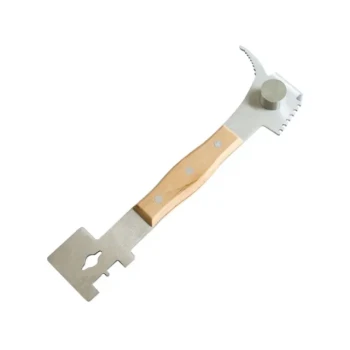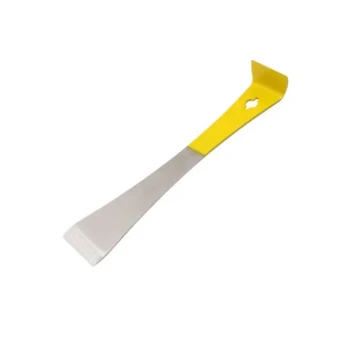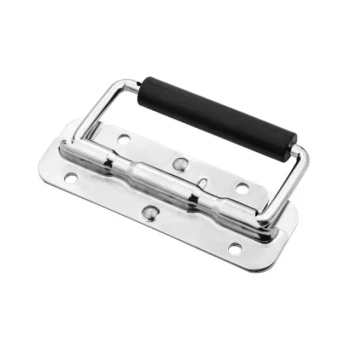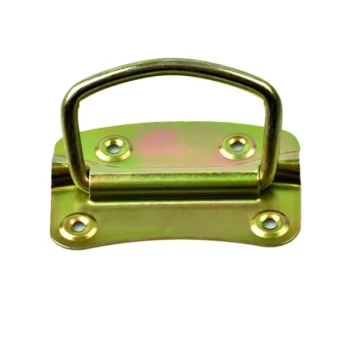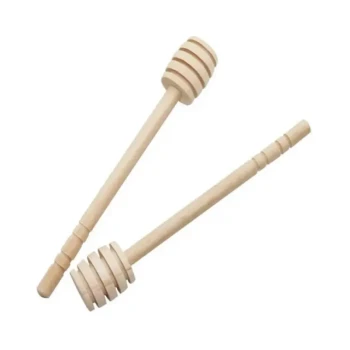The beehive with a tap is a branded invention called the Flow Hive. It is a modified beehive designed around a special frame system that allows you to harvest honey directly from the hive by turning a handle or "key," causing the honey to flow out through a spigot without opening the hive or significantly disturbing the bees.
The Flow Hive revolutionizes the process of honey extraction, but it does not eliminate the fundamental responsibilities of beekeeping. It is a powerful tool for harvesting, not a substitute for active hive management and care.
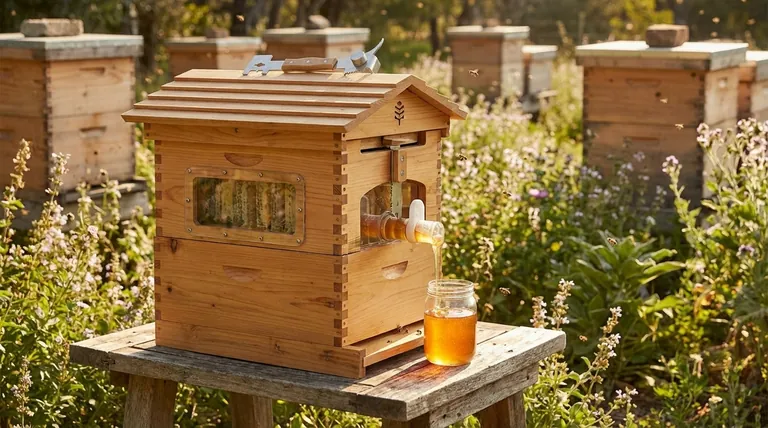
How the Flow Hive System Works
To understand the innovation, it's essential to see how it integrates with a standard hive structure. The "Flow" technology is primarily contained within the honey storage boxes, known as "supers."
The Hive Foundation
The core of the hive, the brood box, where the queen lays eggs and the colony raises its young, is typically a standard Langstroth box. The Flow system sits on top of this, functioning as the honey super.
Patented "Flow Frames"
The key invention is the Flow Frame. These are plastic frames containing partially formed honeycomb cells. The bees complete the cells with their own wax, fill them with honey, and then cap the cells as they normally would.
The Tapping Mechanism
When the honey is capped and ready for harvest, you insert a special tool into a slot at the top of the frame and turn it. This action splits the honeycomb cells vertically inside the frame, creating channels that allow the honey to flow downwards.
Gravity-Fed Harvest
Guided by these channels, the pure, filtered honey flows to a trough at the bottom of the frame and out of the hive through a tube, directly into your jar. Once harvesting is complete, you turn the tool back, which resets the cells into their original position, ready for the bees to repair and refill.
Understanding the Benefits
The primary appeal of the Flow Hive is its departure from the labor-intensive traditional harvesting method.
Simplified Honey Harvest
Traditional harvesting requires removing frames, brushing off bees, cutting wax cappings, and using a centrifugal spinner to extract honey. The Flow Hive eliminates this entire process, along with the associated mess and equipment cleanup.
Reduced Stress on the Colony
Opening a hive, smoking the bees, and removing frames is a major disruption. The Flow Hive's method allows for a gentle, non-invasive harvest that leaves the colony largely undisturbed and calm.
Clear Observation Window
Most Flow Hives include an observation window on the side. This allows the beekeeper to see when the frames are full and the honey is capped, taking the guesswork out of knowing when it's time to harvest without having to open the hive.
The Trade-offs and Criticisms
While innovative, the Flow Hive is not without its considerations. An objective evaluation requires acknowledging its limitations.
It's Not "Set It and Forget It"
This is the most critical point. The Flow Hive only changes honey extraction. All other aspects of beekeeping remain essential. You must still perform regular hive inspections, manage pests like the Varroa mite, monitor for diseases, and ensure your queen is healthy and laying.
The Higher Cost
Flow Hives and their specialized frames are significantly more expensive than traditional Langstroth equipment. This initial investment can be a barrier for new beekeepers or those on a budget.
Reliance on Plastic Components
The Flow Frames are made of food-grade plastic. Some natural beekeeping advocates prefer to keep all materials inside the hive made of wood and natural beeswax, raising concerns about bees storing honey in plastic cells.
Potential for Bee Harm
While far less disruptive overall, some beekeepers have observed that bees can occasionally get caught or crushed in the cell-splitting mechanism when it is activated. This is a minor but acknowledged risk of the system.
Making the Right Choice for Your Goal
The decision to use a Flow Hive depends entirely on your beekeeping philosophy, budget, and primary objectives.
- If your primary focus is convenience and minimizing harvest labor: The Flow Hive offers a clear and significant advantage by turning a difficult, multi-step process into a simple task.
- If your primary focus is learning traditional methods or minimizing cost: A standard Langstroth hive is a more economical and time-tested pathway into the world of beekeeping.
- If your primary focus is education and backyard observation: The gentle harvesting process and clear viewing window make the Flow Hive an exceptional tool for sharing the experience with family and friends.
Understanding its role as a specialized harvesting tool, rather than a fully automated hive, is the key to making an informed decision.
Summary Table:
| Feature | Description |
|---|---|
| Core Innovation | Patented Flow Frames that split to release honey via a tap, eliminating traditional extraction. |
| Main Benefit | Gentle, non-invasive honey harvest that minimizes stress on the bee colony. |
| Key Consideration | Does not replace essential hive management like pest control and health inspections. |
| Best For | Beekeepers prioritizing harvest convenience, observation, and a less disruptive process. |
Ready to upgrade your honey harvesting operation?
As HONESTBEE, a trusted wholesale supplier for commercial apiaries and beekeeping equipment distributors, we understand the need for efficient, high-quality equipment. The innovative technology behind systems like the Flow Hive demonstrates the value of modern beekeeping solutions.
We can help you explore the best equipment for your scale and goals. Contact our experts today to discuss how our range of beekeeping supplies can enhance your productivity and support the health of your colonies.
Visual Guide
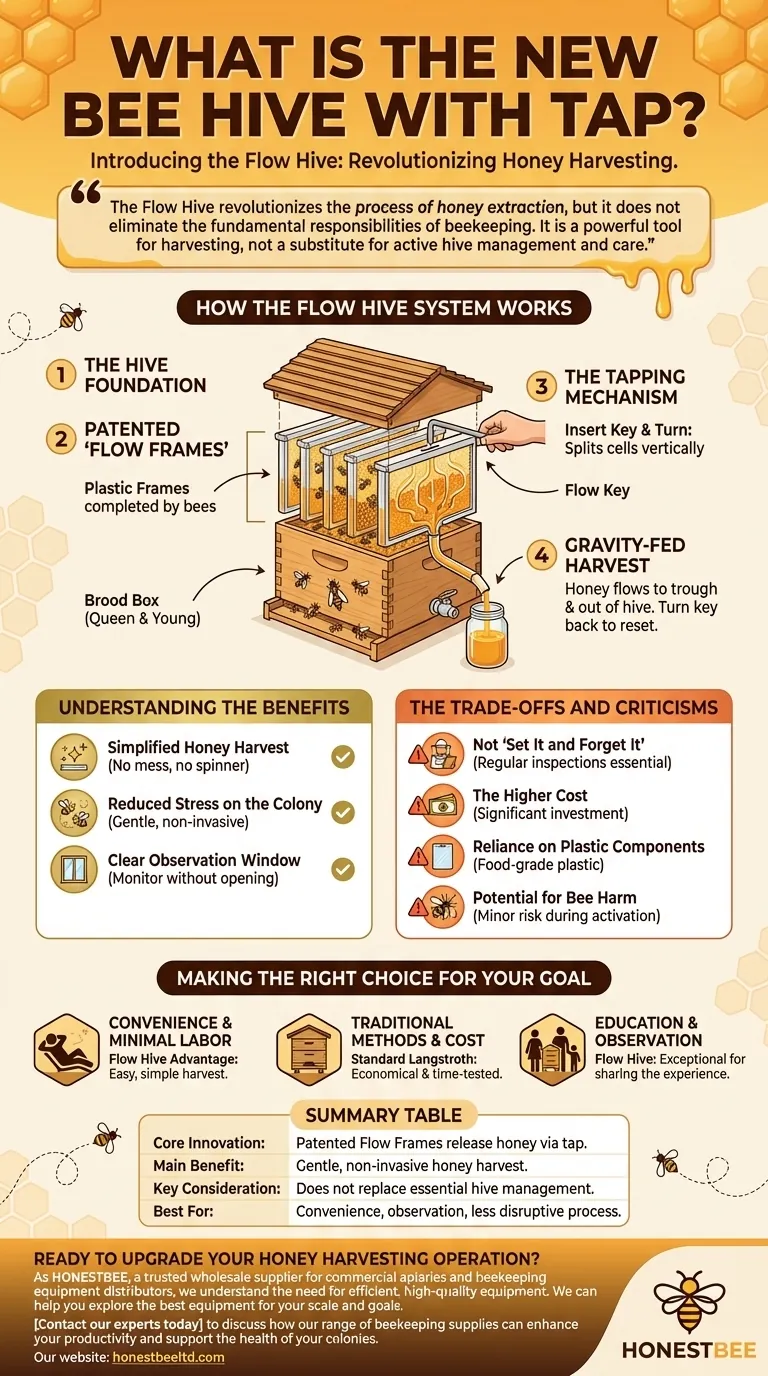
Related Products
- Multi-Function Hive Tool with Integrated Hammer for Beekeeping
- Automatic Honey Flow Beehive 4 Frame Mini Hive for Beekeeping
- Professional Drop-Style Hive Handles for Beekeeping
- Long Langstroth Style Horizontal Top Bar Hive for Wholesale
- HONESTBEE Classic Pry Bar Hive Tool with High Visibility Finish for Beekeeping
People Also Ask
- What are some essential tools for beekeepers? Start Your Apiary with the Right Gear
- What is the importance of understanding the function of each part of the beehive? Master Your Hive for a Thriving Colony
- What factors should be considered when choosing a hive tool? Select the Right Tool for Your Apiary
- What precautions should be taken when using a sharpened hive tool? Maximize Efficiency While Staying Safe
- What are the alternatives to a hive tool? The Essential Tool for Every Beekeeper
